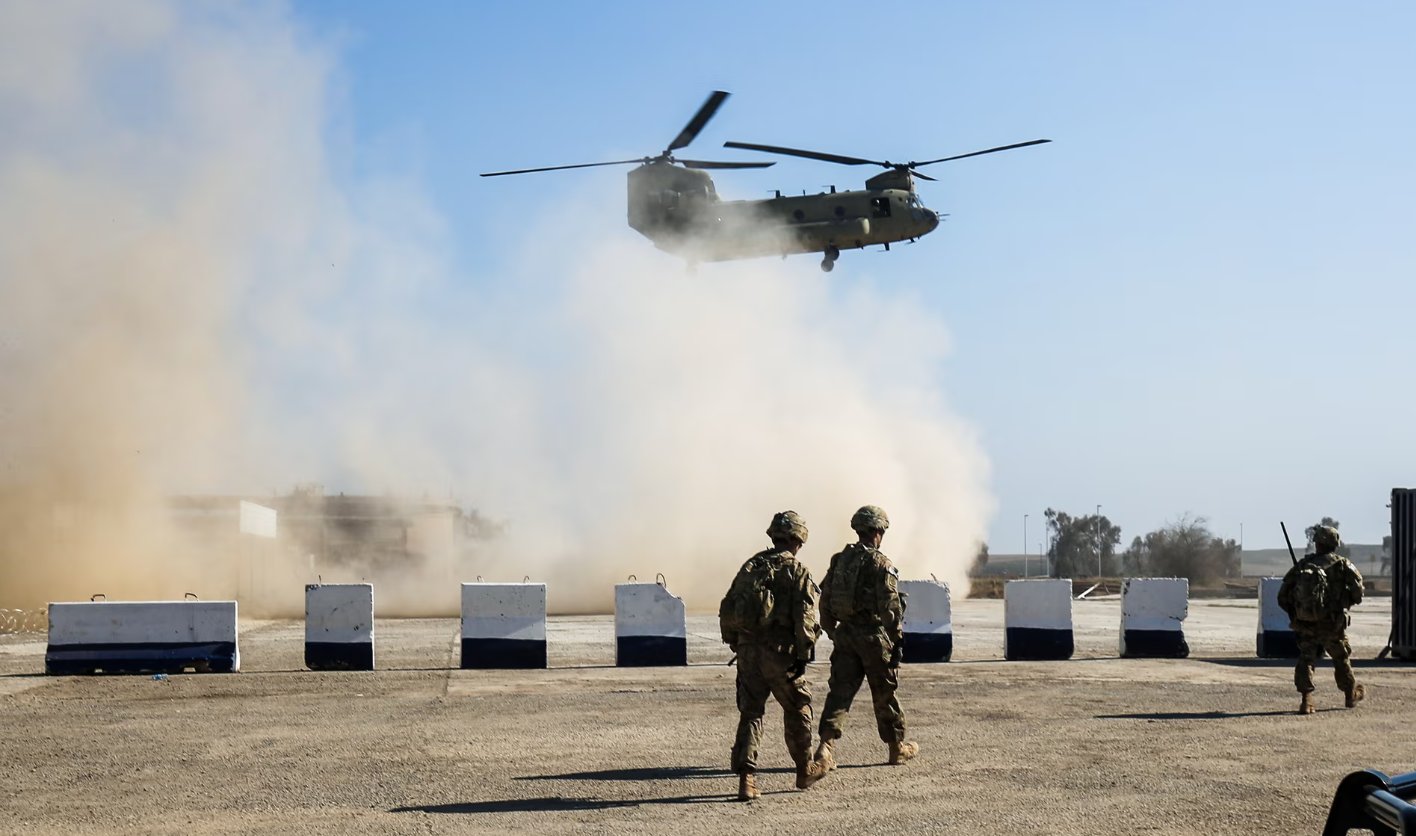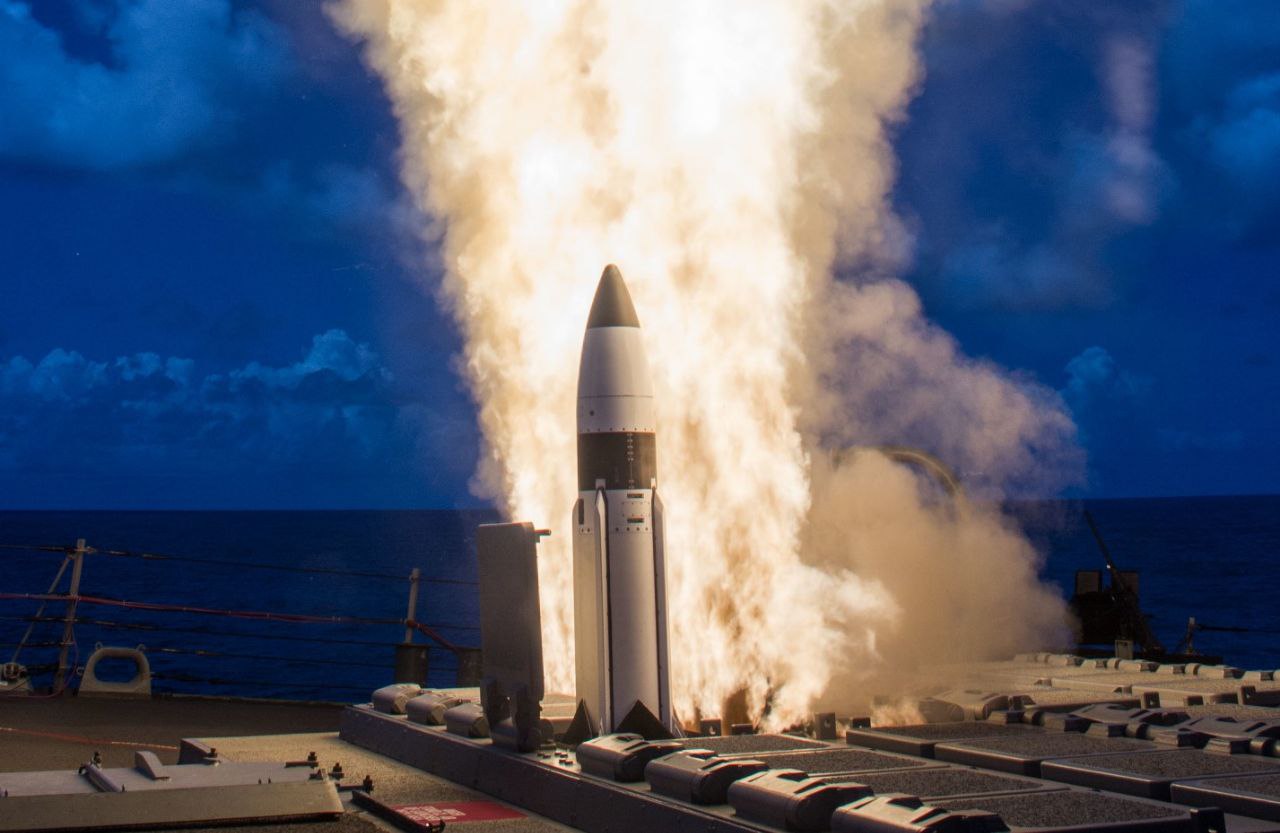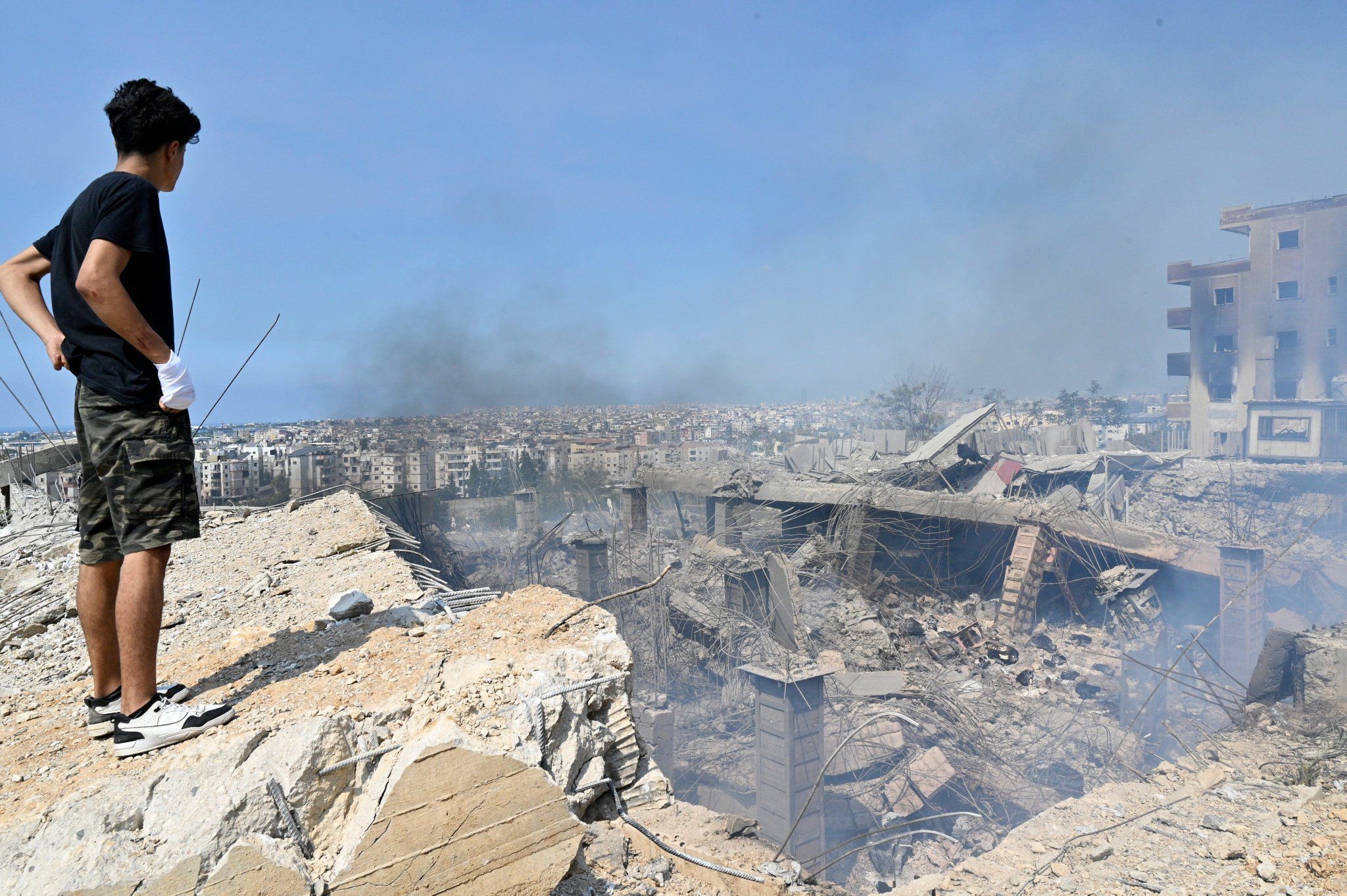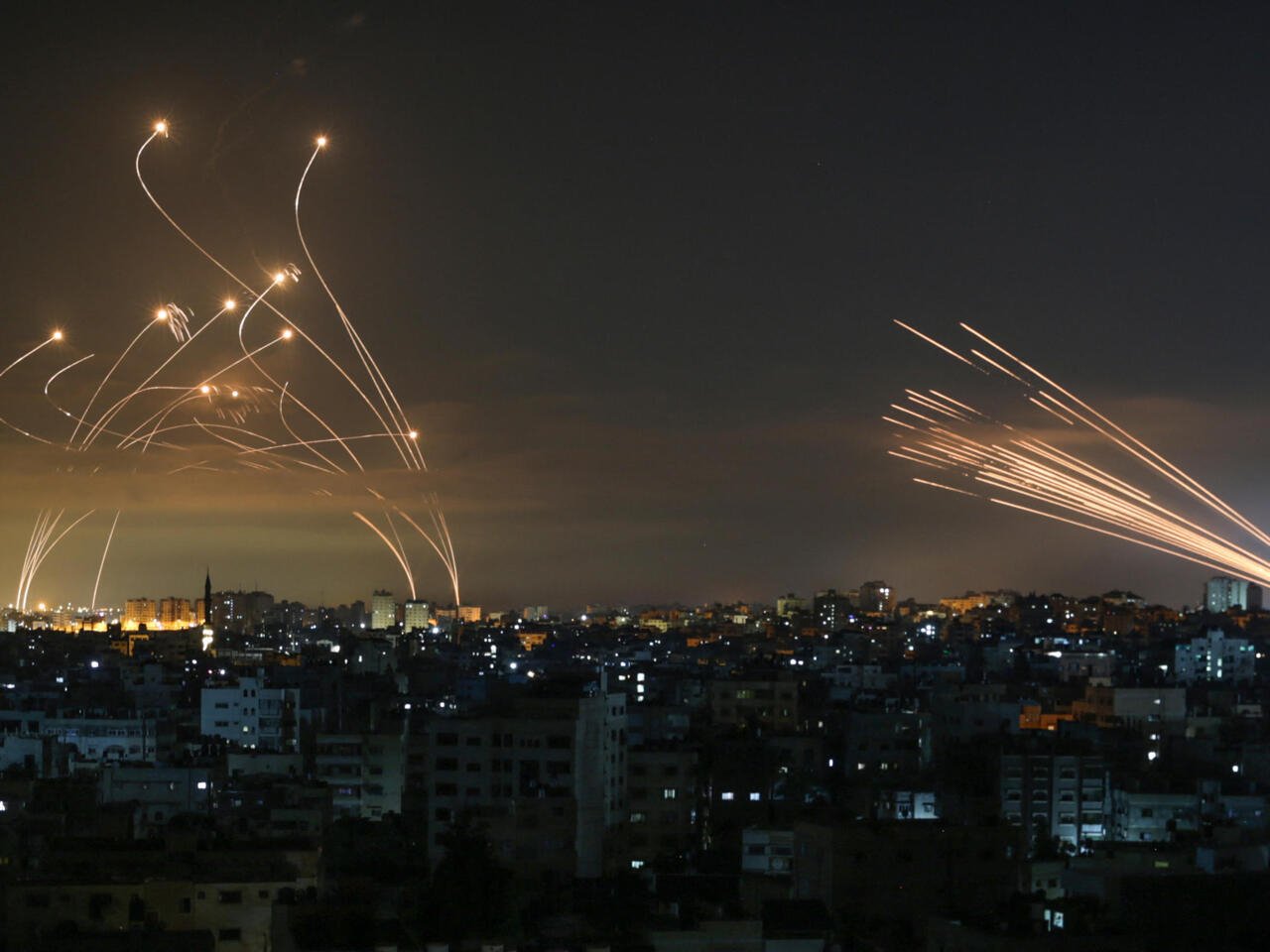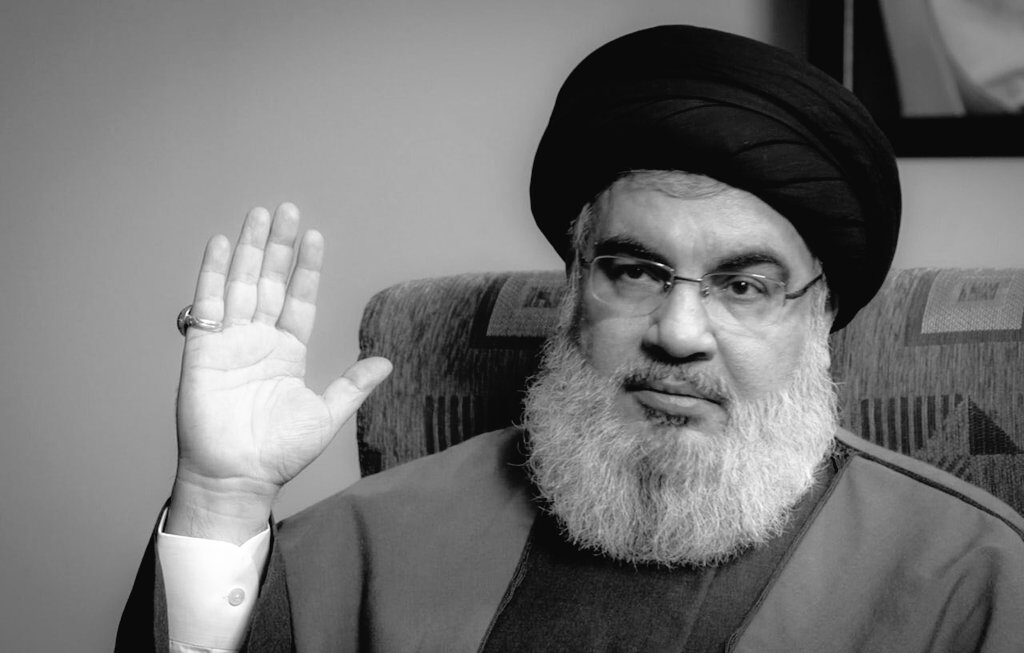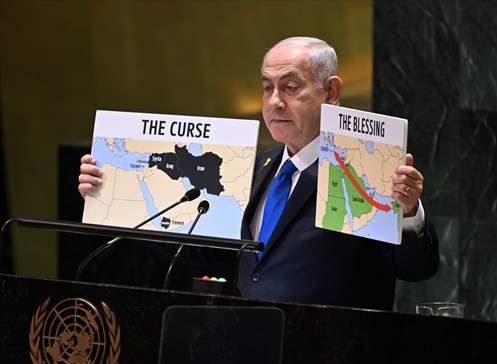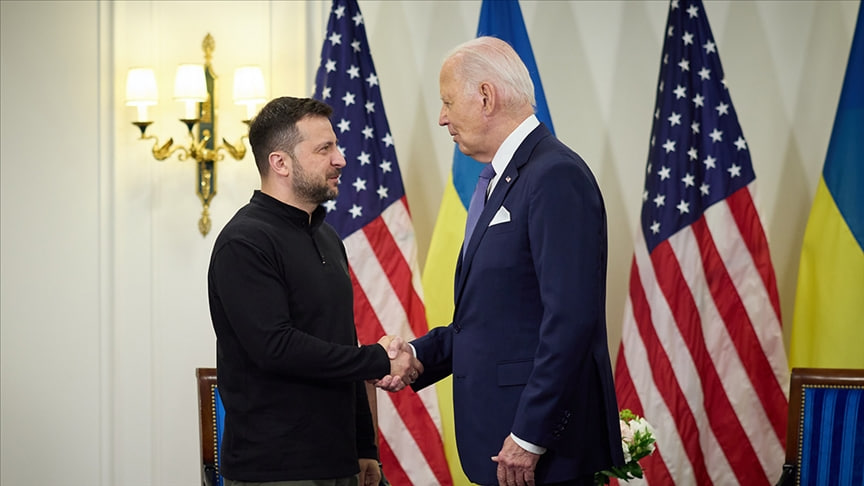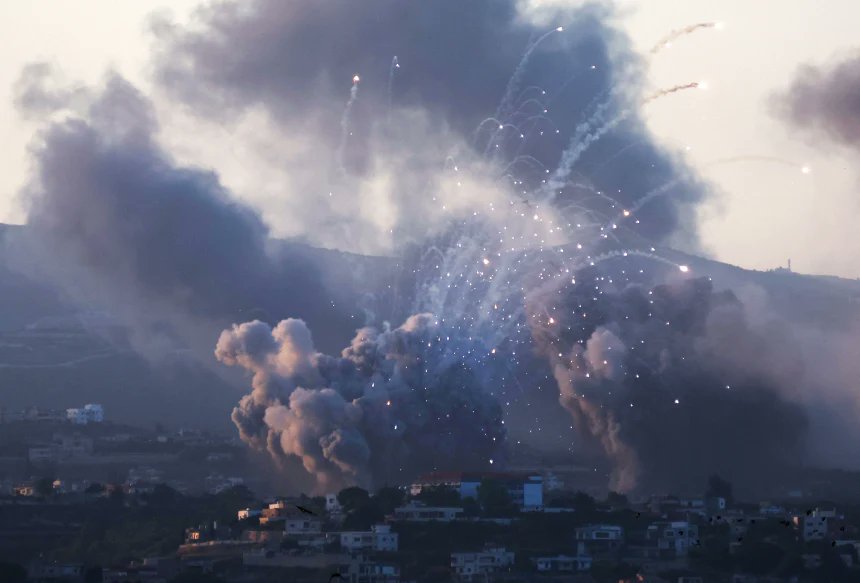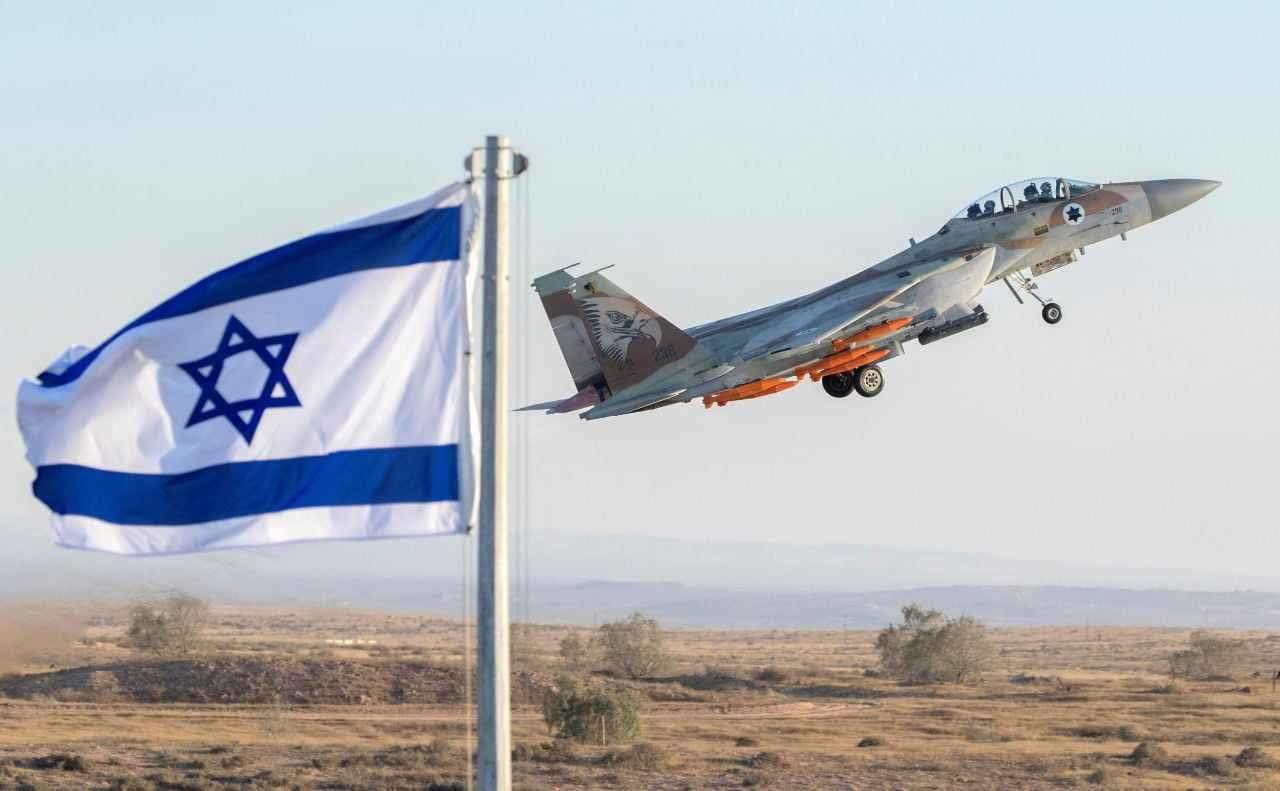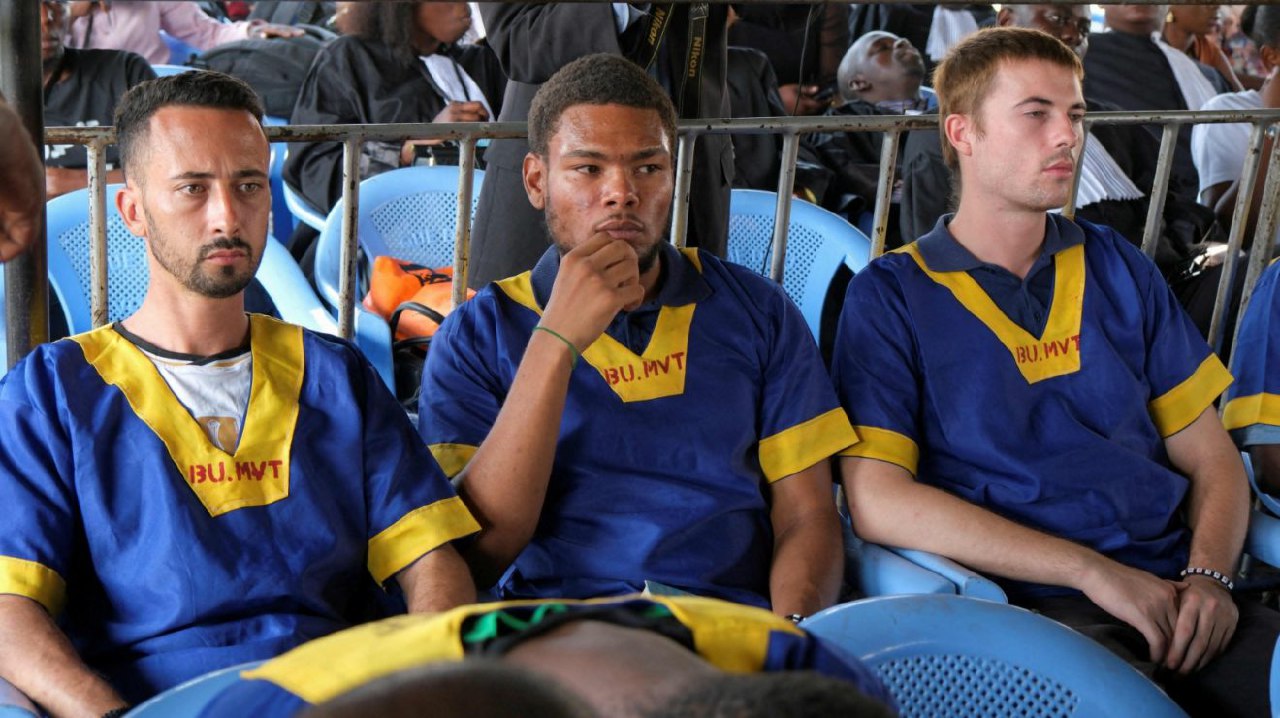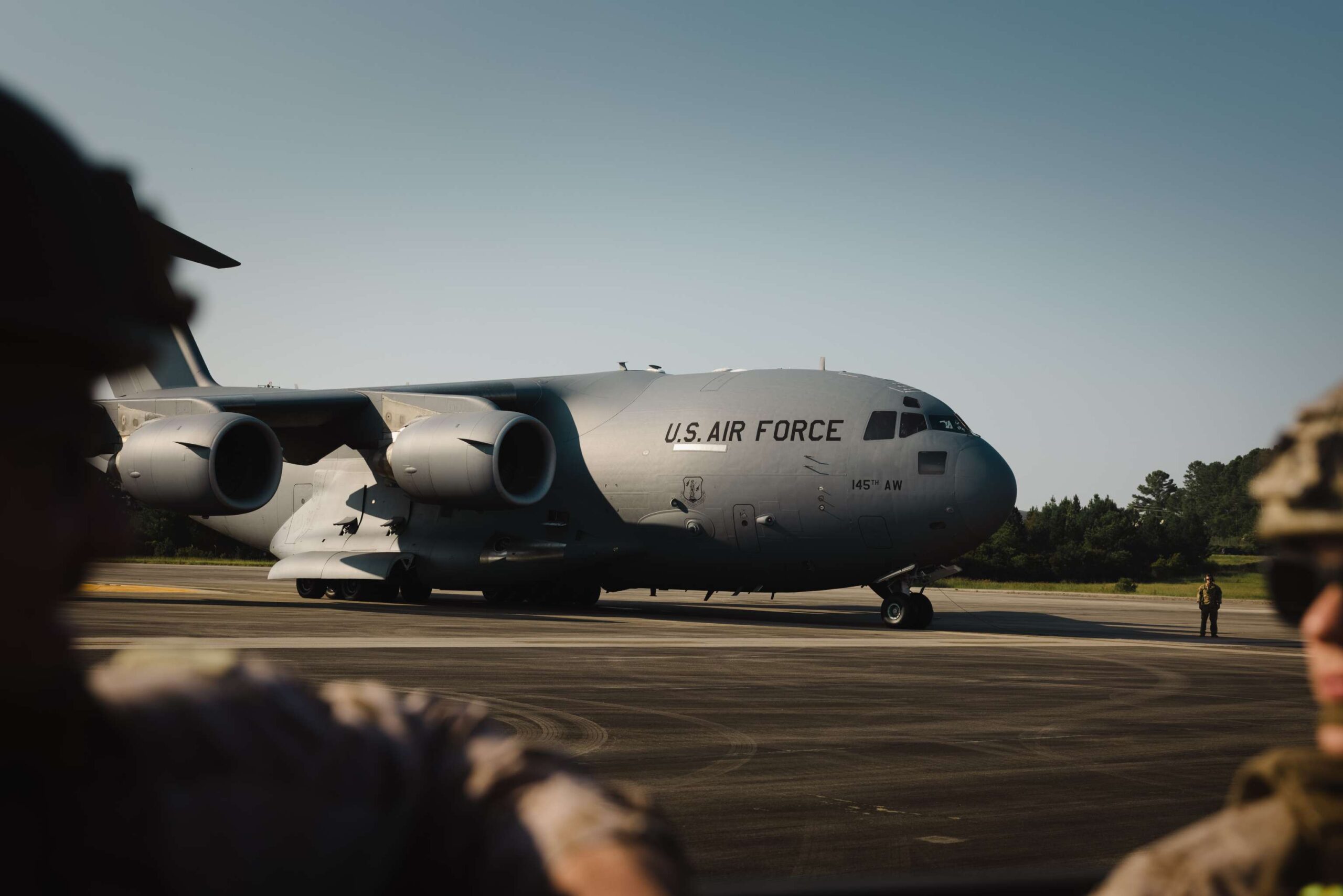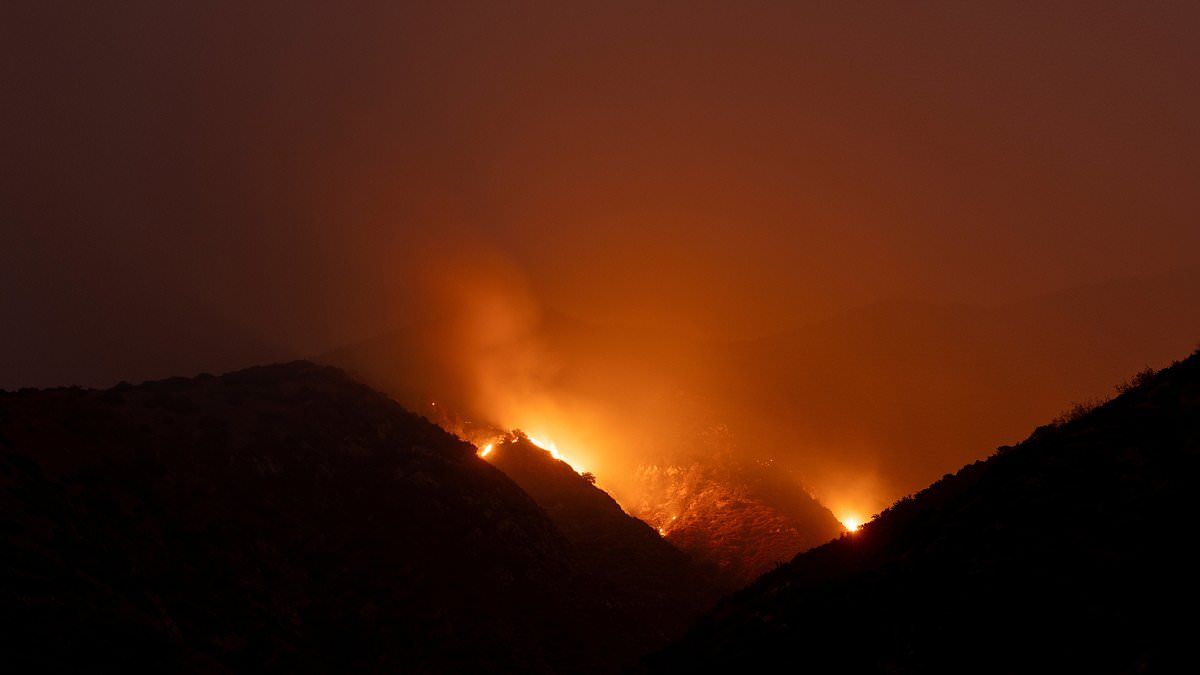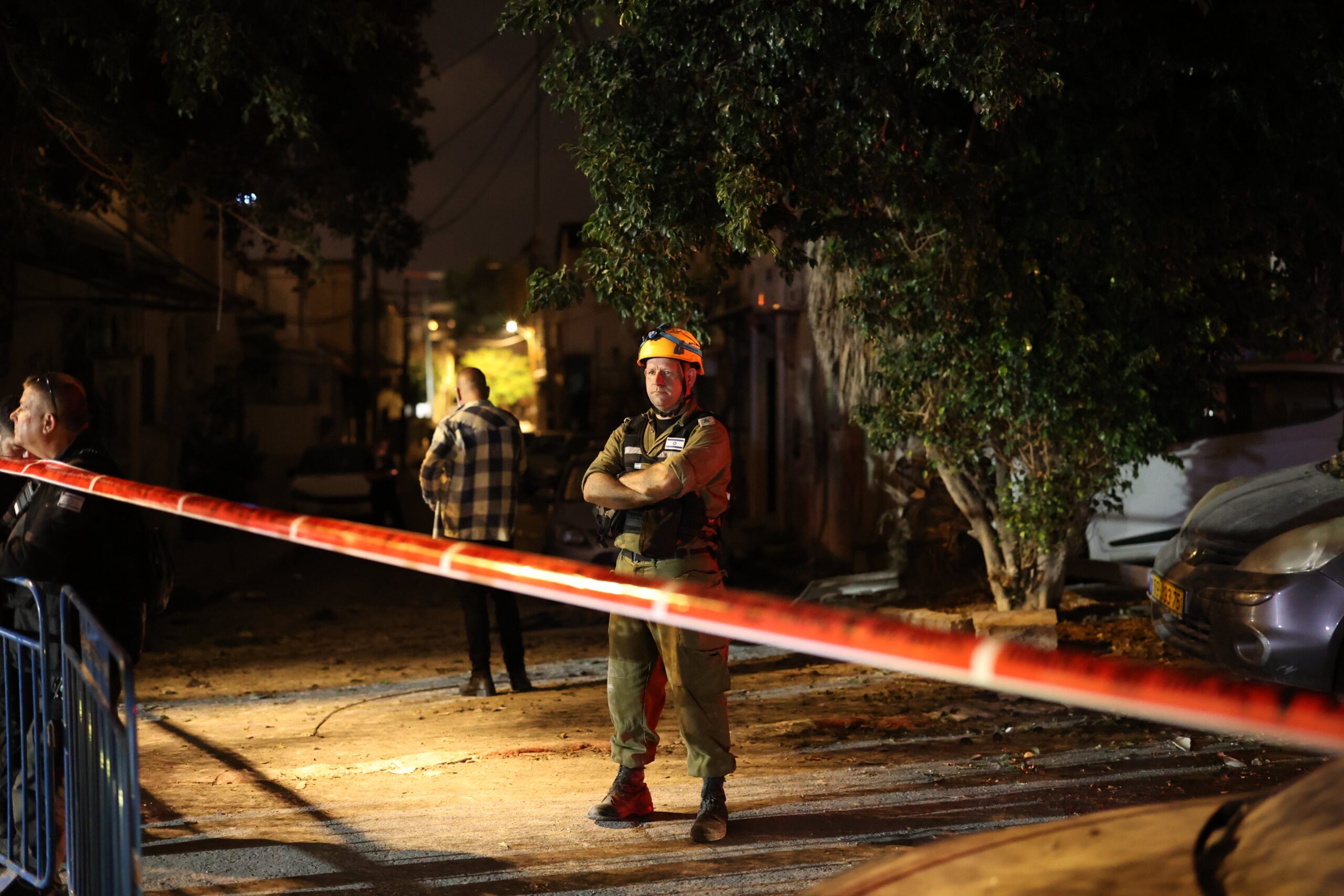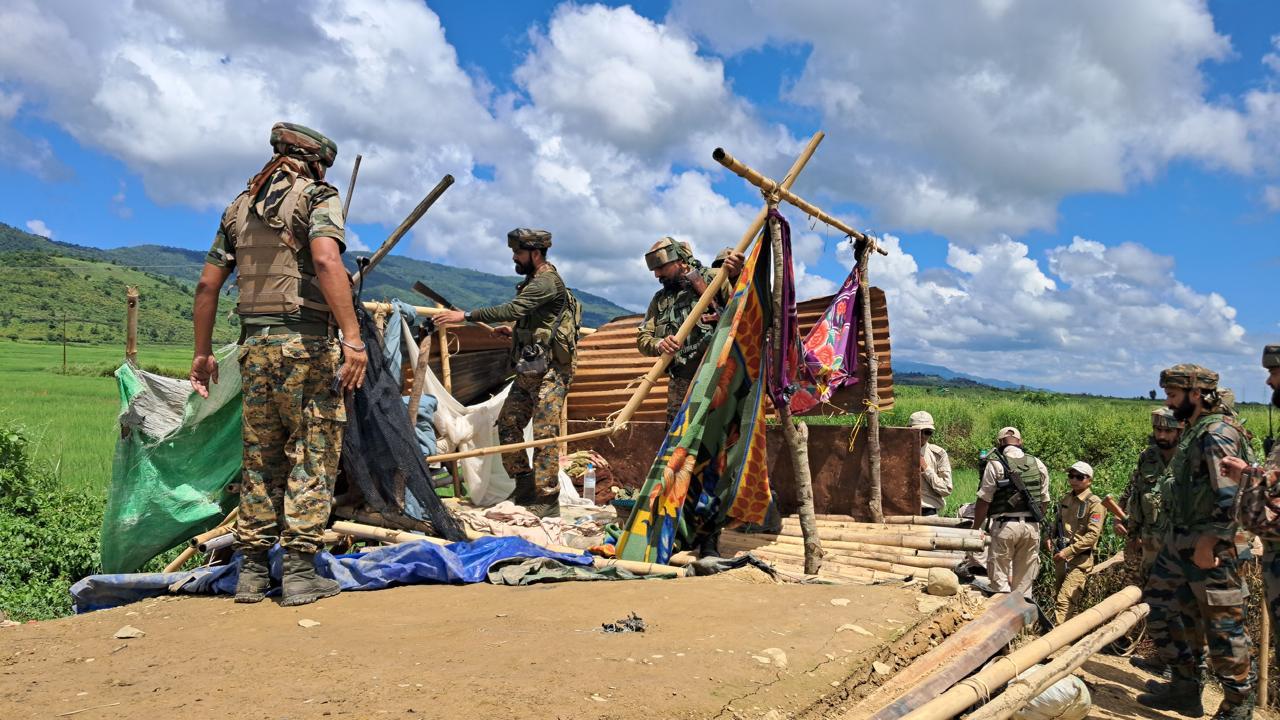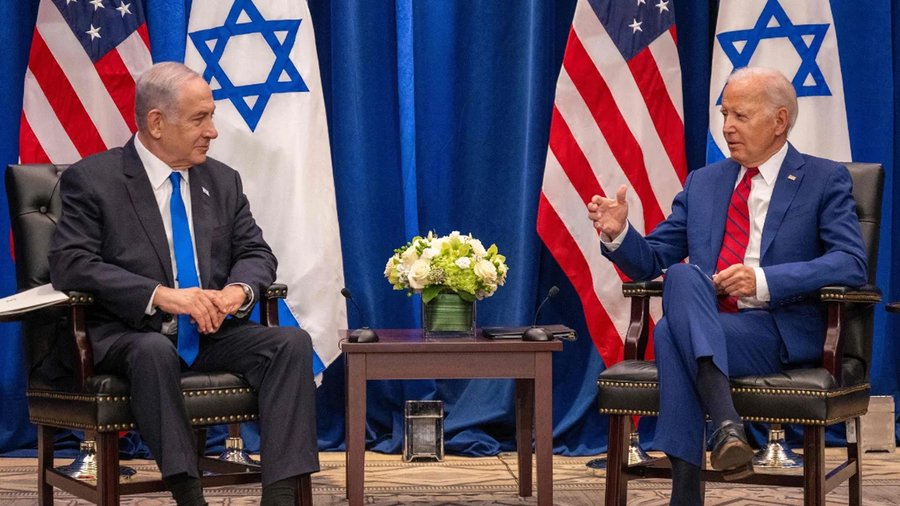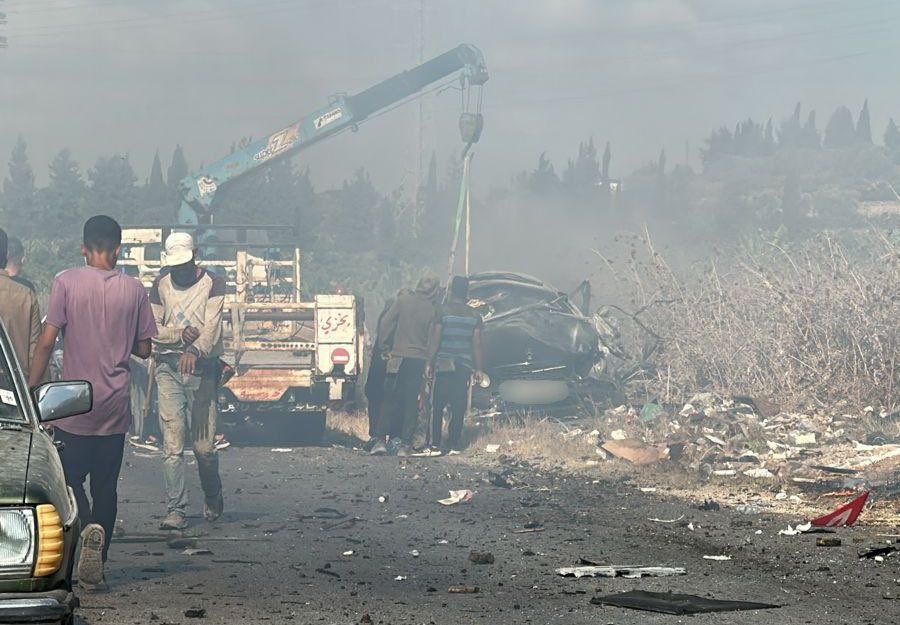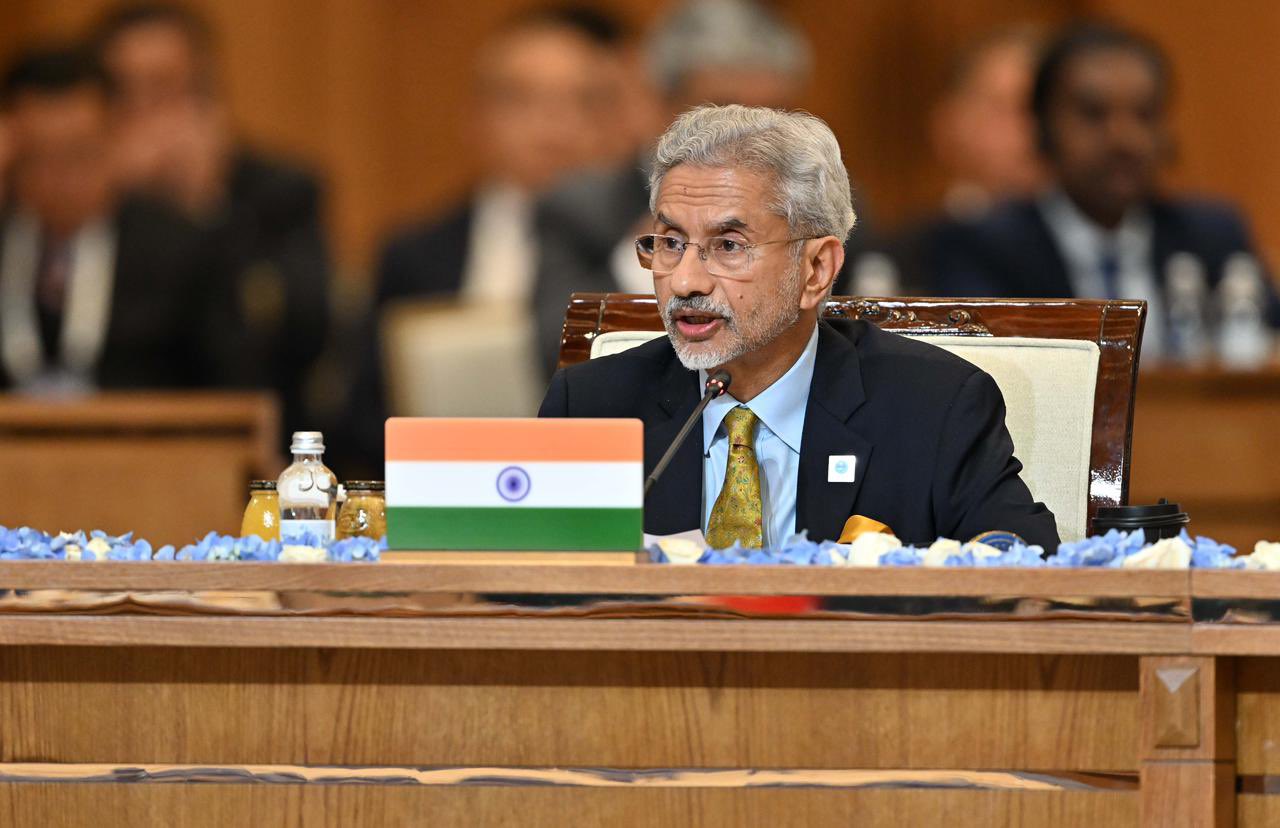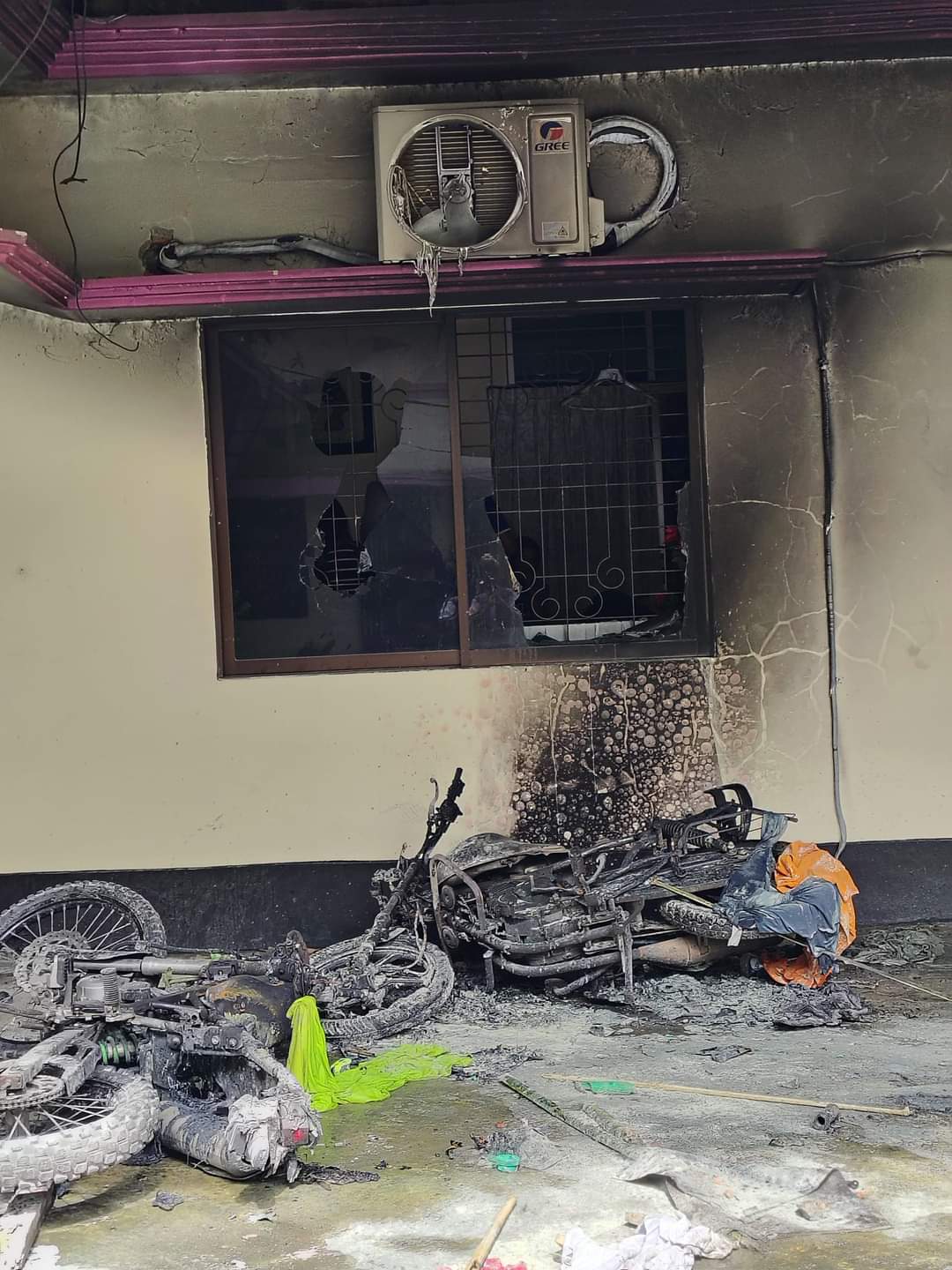In a major counterterrorism operation, U.S. and Iraqi forces conducted a joint raid targeting suspected Islamic State (ISIS) militants in Iraq’s western Anbar Desert. The operation, which occurred on Thursday, resulted in the deaths of at least 15 ISIS militants and left seven U.S. troops injured, marking one of the deadliest encounters in recent years against the militant group.
High-Profile Raid on ISIS Leadership
The joint operation aimed to weaken ISIS’s operational capabilities by targeting key leaders within the group. According to a statement from the U.S. military’s Central Command, the militants were heavily armed with various weapons, grenades, and explosive suicide belts, posing a significant threat to the raid forces. The U.S. Central Command emphasized that the operation was designed to “disrupt and degrade ISIS’s ability to plan, organize, and conduct attacks” against both Iraqi civilians and U.S. interests in the region.
Iraqi military officials confirmed that the operation involved precise airstrikes on multiple hideouts in the Anbar Desert, followed by an airborne assault. “Among the dead were key ISIS leaders,” the Iraqi military reported, although no specific identities were disclosed. The raid also resulted in the seizure of critical documents, identification papers, and communication devices, which are expected to provide valuable intelligence for future operations.
ISIS’s Continued Threat in Iraq and Syria
Despite the loss of its territorial stronghold in Iraq in 2017 and in Syria in 2019, ISIS remains an active threat, particularly in remote desert regions like Anbar. The group continues to conduct attacks and recruit followers, operating through sleeper cells and underground networks. The U.S.-led coalition, which includes more than 80 countries, has been actively engaged in counter-ISIS operations for years. However, this recent raid highlights the ongoing challenges in eradicating the militant group.
Last month, the U.S. military reported a significant increase in ISIS activities, with the number of attacks claimed by the group in Syria and Iraq on track to double compared to the previous year. In the first six months of 2024 alone, ISIS claimed responsibility for 153 attacks, surpassing the 121 attacks reported throughout 2023. This resurgence of militant activity underscores the persistent threat that ISIS poses in the region, despite the coalition’s efforts to dismantle the group’s leadership and infrastructure.
Casualties and Challenges in the Raid
While the operation successfully eliminated multiple ISIS militants, it also resulted in injuries to seven U.S. troops. A U.S. defense official, speaking on the condition of anonymity, provided additional details about the casualties. Five American soldiers sustained injuries during the raid, while two others were hurt due to falls during the operation. One of the injured troops required evacuation from the region for further medical treatment, while the others remained in stable condition.
The extent of the injuries suffered by U.S. forces highlights the inherent risks involved in conducting raids against well-armed and determined militants. The use of suicide belts and other explosive devices by ISIS fighters continues to pose a significant threat to ground forces, even in the context of carefully planned operations.
Complex Relations Between the U.S. and Iraq
The delay in publicly acknowledging U.S. involvement in the raid has raised questions about the sensitive nature of the mission. Initially, the Iraqi military announced the raid without mentioning U.S. participation, reflecting the delicate political situation in Iraq. There are currently around 2,500 U.S. troops stationed in the country, and their presence remains a contentious issue within Iraqi politics. The future of American forces in Iraq has been the subject of intense debate, particularly as Iraq seeks to balance its relationships with both the United States and neighboring Iran.
The ongoing conflict between Israel and Hamas has further complicated U.S. military operations in the region. Since the war broke out in Gaza in October, Iranian-backed militias in Iraq have increased their attacks on U.S. forces, accusing Washington of supporting Israel. These militias, operating under the banner of the Islamic Resistance in Iraq, have launched drone strikes on bases housing U.S. troops in both Iraq and Syria, leading to retaliatory American airstrikes.
This escalating cycle of violence has raised concerns about the stability of the region and the safety of U.S. personnel. The U.S. government has reiterated its commitment to protecting its forces while continuing its mission to combat ISIS and other extremist groups.
The Role of Iran-Backed Militias
Iran’s influence in Iraq has long been a source of tension between the Iraqi government and the United States. Many of the militias operating in Iraq are backed by Iran and are staunchly opposed to the continued presence of U.S. forces. These groups have been particularly vocal in their opposition to American involvement in Iraq since the outbreak of the Israel-Hamas war. The Islamic Resistance in Iraq, a coalition of Iran-backed militias, has vowed to continue targeting U.S. forces in retaliation for what they perceive as Washington’s support for Israel.
The Iranian-backed militias have used the conflict in Gaza as a justification for their attacks on U.S. forces, framing their actions as part of a broader resistance against Western influence in the Middle East. However, these attacks have also drawn criticism from within Iraq, where many political leaders are wary of escalating tensions with the United States.
The Future of U.S. Involvement in Iraq
As Iraq continues to navigate its complex political landscape, the future of U.S. military involvement in the country remains uncertain. Iraqi officials have expressed confidence in their ability to manage the ISIS threat independently, and talks are ongoing regarding the winding down of the U.S.-led military coalition’s mission in Iraq. However, the recent raid in the Anbar Desert demonstrates that ISIS remains a formidable adversary, and the support of U.S. forces may still be necessary to prevent the group from regaining strength.
The U.S. government has emphasized that its mission in Iraq is focused on counterterrorism and supporting the Iraqi military in its efforts to combat ISIS. However, the broader geopolitical context, including the ongoing conflict between Israel and Hamas, has made the situation in Iraq increasingly complex. As the U.S. and its allies continue to confront the evolving threat of ISIS and other extremist groups, the balance of power in the region will likely remain in flux.
Overview
The joint U.S.-Iraqi raid in the Anbar Desert serves as a stark reminder of the ongoing battle against ISIS and the challenges faced by coalition forces in their efforts to maintain security in the region. While the operation successfully eliminated key ISIS leaders and disrupted the group’s operations, the injuries sustained by U.S. troops highlight the dangers involved in these missions.
As Iraq continues to weigh its relationship with the United States and neighboring Iran, the future of American military involvement in the country remains uncertain. However, the persistent threat of ISIS and the volatile geopolitical situation in the region suggest that U.S. forces will continue to play a critical role in ensuring the stability and security of Iraq and the broader Middle East.


